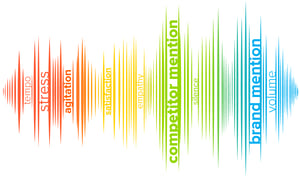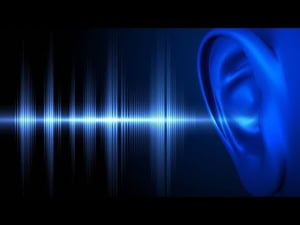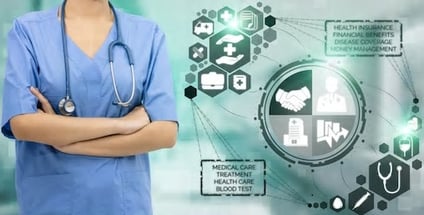According to ICMI, the average 100 agent call center takes 5,000 calls a day, each at at approximately seven minutes in length. Across all 100 agents, this equates to about 5,250,000 spoken words between customers/prospects and agents each day. Put another way, 147,000,000 spoken words can be captured and analyzed in your call center every month. Just think about the analytics potential of that huge pool of words. 
By recording these interactions, transcribing them and then analyzing them with speech analysis software, your call center managers and business unit leaders (Sales, Marketing, Support, Product Management, R&D...) can yield invaluable business intelligence they can utilize to answer the following types of questions:
- Are we satisfying our customers?
- Are we adequately converting our prospects?
- Are our agents performing properly?
- Are our agents compliant with industry/regulatory stipulations?
- Are our interactions putting us at risk?
- Does our agent workflow need improvement?
When you consider that 78% of customers will back out of a purchase due to poor customer service (Glance), and that is costs on average 15 times more to retain an existing customer than to acquire a new one (invesp), it is easy to see how important it can be to adequately review and analyze your customer interactions to identify gaps in service and areas for agent skill improvement. Your company's profitability and bottom line actually depend on it.
Speech analytics software powered by high fidelity, dual channel audio capture, which features metadata augmentation (ability to collect non-audio data from CRM, ACD or desktop applications via REST API and append it to audio recordings), provides the greatest ability to correlate, discover patterns and pinpoint specific types of interactions to yield the most useful intelligence.
Imagine instantly and automatically analyzing all of your customer interactions to identify:
- Which customers are about to defect
- Agents that have anger issues and require additional soft-skills training
- Sensitive customer information that should not have been discussed
- Avoidable he-said/she-said disputes that could cost your organization a lot of money
These are just some of the many ways in which high quality audio capture combined with open and accessible speech analytics can help your organization.
Learn more today at https://www.orecx.com/audio-capture-service/.
















